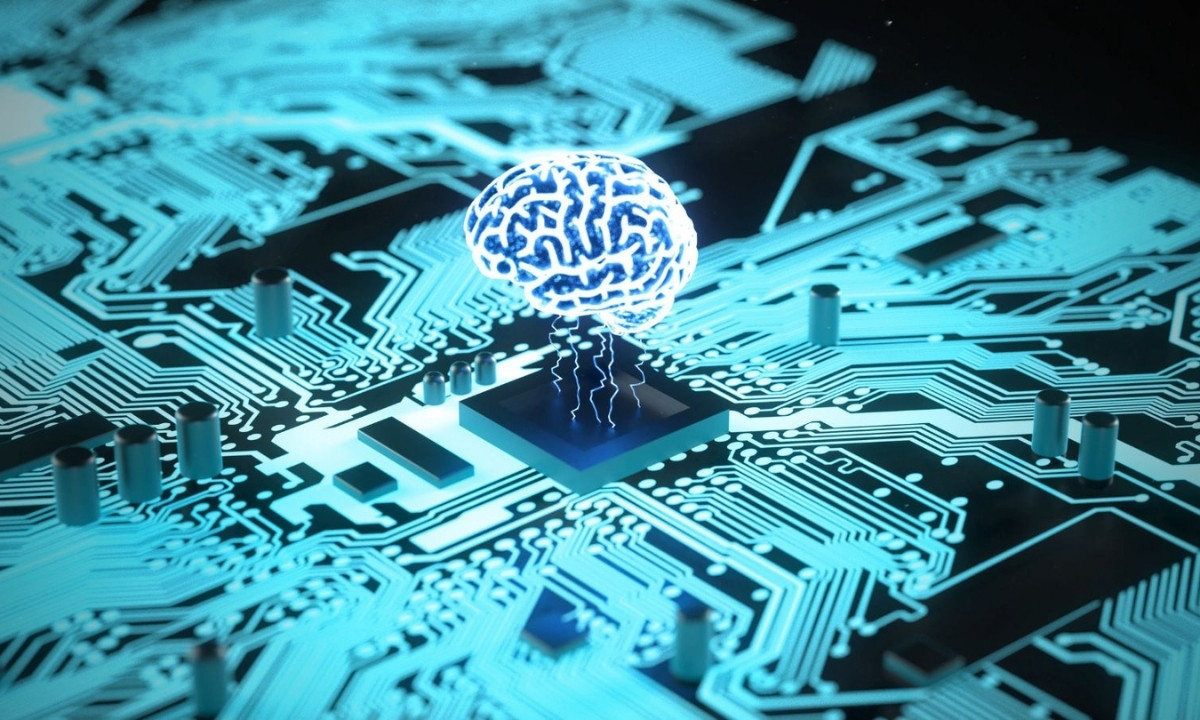
Brain-computer interfaces (BCIs) are no longer just science fiction. These groundbreaking technologies allow direct communication between the brain and external devices. Imagine controlling a computer or prosthetic limb using only your thoughts. BCIs hold promise for revolutionizing medicine, gaming, and even daily tasks. From helping those with disabilities regain independence to enhancing human capabilities, the possibilities seem endless. But how do they work? What are the challenges and ethical considerations? This article dives into 28 fascinating facts about brain-computer interfaces that will leave you both informed and amazed. Get ready to explore the future of human-machine interaction!
What Are Brain-Computer Interfaces?
Brain-Computer Interfaces (BCIs) are systems that create a direct communication pathway between the brain and an external device. These devices can help people with disabilities, enhance cognitive functions, or even control machines with thoughts alone.
- BCIs translate brain signals into commands that control external devices.
- Electroencephalography (EEG) is the most common method used to measure brain activity in BCIs.
- BCIs can be invasive, with electrodes implanted in the brain, or non-invasive, using external sensors.
- The concept of BCIs dates back to the 1970s, with early research focusing on communication for paralyzed individuals.
How Do BCIs Work?
Understanding the mechanics behind BCIs can be fascinating. They rely on complex algorithms and advanced technology to interpret brain signals accurately.
- BCIs detect electrical activity in the brain, known as brainwaves.
- Algorithms process these brainwaves to identify specific patterns associated with different thoughts or actions.
- Machine learning plays a crucial role in improving the accuracy of BCIs over time.
- Feedback loops are essential in BCIs, allowing users to refine their control through practice.
Applications of BCIs
BCIs have a wide range of applications, from medical uses to enhancing everyday life. They hold the potential to revolutionize various fields.
- BCIs can help individuals with severe disabilities communicate by translating thoughts into text or speech.
- They are used in neurorehabilitation to help stroke patients regain motor functions.
- BCIs can control prosthetic limbs, providing more natural and intuitive movement.
- In gaming, BCIs offer immersive experiences by allowing players to control games with their minds.
Challenges and Limitations
Despite their potential, BCIs face several challenges that need to be addressed for widespread adoption.
- Invasive BCIs carry risks such as infection and damage to brain tissue.
- Non-invasive BCIs often have lower accuracy and slower response times.
- Ethical concerns arise regarding privacy and the potential for misuse of brain data.
- High costs and technical complexity limit the accessibility of BCIs.
Future of BCIs
The future of BCIs looks promising, with ongoing research and technological advancements paving the way for new possibilities.
- Researchers are exploring the use of BCIs for enhancing cognitive abilities, such as memory and attention.
- BCIs could enable direct brain-to-brain communication, potentially transforming how we share information.
- Advances in materials science may lead to more comfortable and efficient BCI devices.
- Integration with artificial intelligence could make BCIs more intuitive and responsive.
Real-World Examples
Several real-world examples highlight the potential and progress of BCIs in various fields.
- The BrainGate system has allowed paralyzed individuals to control computers and robotic arms with their thoughts.
- Elon Musk's company, Neuralink, is developing high-bandwidth BCIs for medical and non-medical applications.
- The University of Pittsburgh has created a BCI that enables a paralyzed man to control a robotic arm with high precision.
- Facebook has invested in BCI research to develop a device that allows users to type by thinking.
Ethical and Social Implications
BCIs raise important ethical and social questions that need careful consideration as the technology advances.
- The potential for BCIs to enhance human abilities raises questions about fairness and access.
- Privacy concerns arise from the possibility of unauthorized access to brain data.
- The use of BCIs in military applications could lead to new forms of warfare and ethical dilemmas.
- Public perception and acceptance of BCIs will play a crucial role in their future development and implementation.
The Future of Brain-Computer Interfaces
Brain-computer interfaces (BCIs) are no longer just science fiction. They're transforming how we interact with technology, offering new possibilities for medical treatments, communication, and even entertainment. From helping paralyzed individuals regain movement to enabling direct brain-to-brain communication, BCIs are pushing the boundaries of what's possible.
However, challenges like ethical concerns, privacy issues, and technical limitations still need addressing. As research progresses, these hurdles will likely be overcome, paving the way for even more groundbreaking applications.
Staying informed about BCIs can help you understand their potential impact on society and your own life. Keep an eye on this exciting field—it's evolving rapidly and promises to bring about significant changes in the near future.
Was this page helpful?
Our commitment to delivering trustworthy and engaging content is at the heart of what we do. Each fact on our site is contributed by real users like you, bringing a wealth of diverse insights and information. To ensure the highest standards of accuracy and reliability, our dedicated editors meticulously review each submission. This process guarantees that the facts we share are not only fascinating but also credible. Trust in our commitment to quality and authenticity as you explore and learn with us.
